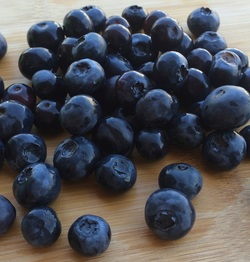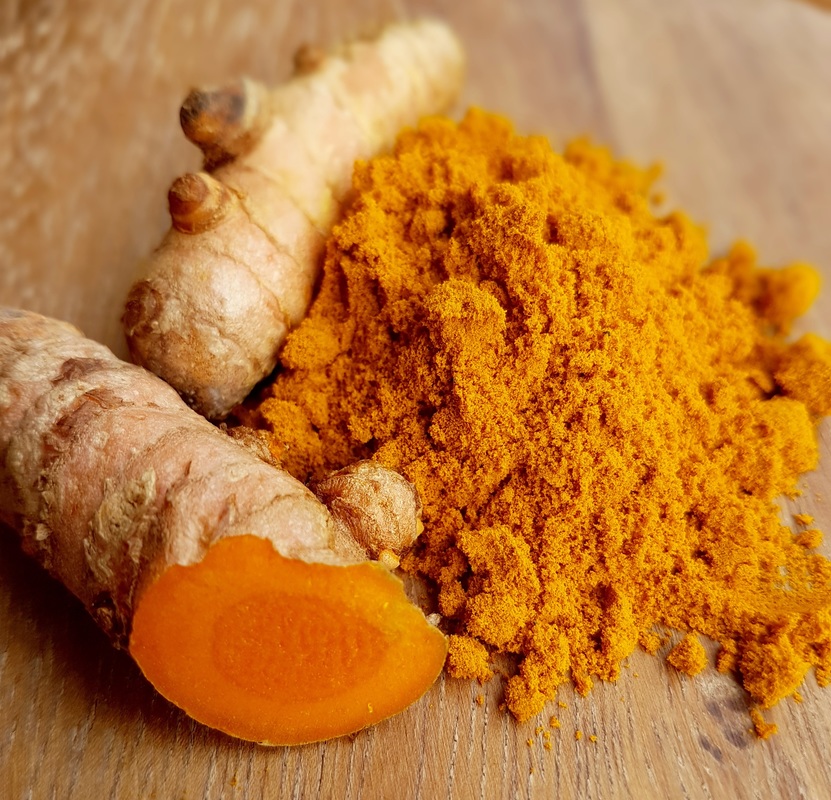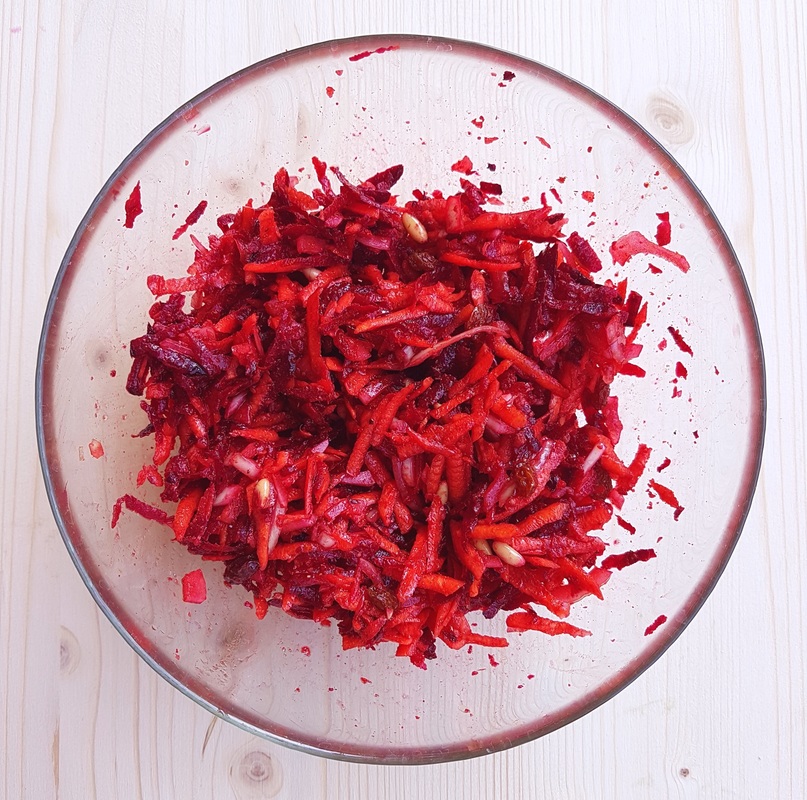What colour is your food?
Blue/purple

It’s mainly the anthocyanin that gives the food its blue hue. The darker the blue, the higher the phytonutrient content.
Key phytonutrients: Flavonoids such as anthocyanin and resveratrol.
Benefits: Good for the heart, arteries, brain & cognitive health. Fights cancer & supports healthy aging.
Food sources: Some of the most powerful antioxidant foods in in this group! Blueberries are an excellent source of phytonutrient dense food, and considered to be one of the best for their antioxidant activity. Other examples are, aubergines/eggplant (with the skin), blackberries, pomegranates, red cabbage, cherries, beetroot.
Key phytonutrients: Flavonoids such as anthocyanin and resveratrol.
Benefits: Good for the heart, arteries, brain & cognitive health. Fights cancer & supports healthy aging.
Food sources: Some of the most powerful antioxidant foods in in this group! Blueberries are an excellent source of phytonutrient dense food, and considered to be one of the best for their antioxidant activity. Other examples are, aubergines/eggplant (with the skin), blackberries, pomegranates, red cabbage, cherries, beetroot.
Red

Lycopene is the predominant phytonutrient in this group which gives the food its red colour.
Key phytonutrients: Carotenoids such as lycopene, flavonoids such as ellagic acid, anthocyanin and quercetin.
Benefits: Antioxidant, protects against certain types of cancer & good for the heart.
Food sources: First and foremost, TOMATOES! (Cooked tomatoes have more lycopene than raw) pink grapefruit, watermelon, guava, red pepper, cherries, apricots, are other good sources of lycopene.
Key phytonutrients: Carotenoids such as lycopene, flavonoids such as ellagic acid, anthocyanin and quercetin.
Benefits: Antioxidant, protects against certain types of cancer & good for the heart.
Food sources: First and foremost, TOMATOES! (Cooked tomatoes have more lycopene than raw) pink grapefruit, watermelon, guava, red pepper, cherries, apricots, are other good sources of lycopene.
Orange/yellow

Carotenoids are responsible for this group’s vibrant colour.
Key phytonutrients: Carotenoids such as alpha-carotene, beta-carotene, lutein, zeaxanthin.
Benefits: Alpha-carotene slows the growth of cancer cells and is a powerful antioxidant. Beta-carotene also acts as an antioxidant, stimulates the immune system and protects the eyes. Lutein protects against macular degeneration.
Food sources: Carrots, sweet potatoes, squash, papayas, peaches, cantaloupes, apricots, persimmons, pineapple. Leafy greens are also great sources, even though they are not visibly orange or yellow. The colour is there, it’s just hidden by the green pigment.
Key phytonutrients: Carotenoids such as alpha-carotene, beta-carotene, lutein, zeaxanthin.
Benefits: Alpha-carotene slows the growth of cancer cells and is a powerful antioxidant. Beta-carotene also acts as an antioxidant, stimulates the immune system and protects the eyes. Lutein protects against macular degeneration.
Food sources: Carrots, sweet potatoes, squash, papayas, peaches, cantaloupes, apricots, persimmons, pineapple. Leafy greens are also great sources, even though they are not visibly orange or yellow. The colour is there, it’s just hidden by the green pigment.
Green

Chlorophyll gives this group its colour. ‘Chloros’ is the Greek word for ‘green’ and ‘phyllon’ is ‘leaf’.
Key phytonutrients: Isothiocyanates, sulfurophane, indoles, lutein, zeaxanthin are just a few of the phytochemicals present in green foods.
Benefits: Glucosinolates such as isothiocyanates and sulfurophane have been found to protect against breast cancer and stimulate anticancer enzymes. Indoles help prevent abnormal stimulation of oestrogen.
Food sources: Kale, broccoli, cabbage, bok choy, Brussels sprouts, spinach, watercress, basically any leafy green.
Key phytonutrients: Isothiocyanates, sulfurophane, indoles, lutein, zeaxanthin are just a few of the phytochemicals present in green foods.
Benefits: Glucosinolates such as isothiocyanates and sulfurophane have been found to protect against breast cancer and stimulate anticancer enzymes. Indoles help prevent abnormal stimulation of oestrogen.
Food sources: Kale, broccoli, cabbage, bok choy, Brussels sprouts, spinach, watercress, basically any leafy green.
White

Not all phytonutrients are visible by colour. Some are noted by their pungent taste or odour.
Key phytonutrients: Allylic Sulfides including allicin and S-allyl cysteine are the key phytonutrients in this group.
Benefits: Anticancer, immune-enhancing, antifungal, antibiotic, anticlotting, lowers blood pressure, reduces risk of heart disease.
Food sources: Onions, garlic, leeks, scallions, shallots, turnips, cauliflower.
Key phytonutrients: Allylic Sulfides including allicin and S-allyl cysteine are the key phytonutrients in this group.
Benefits: Anticancer, immune-enhancing, antifungal, antibiotic, anticlotting, lowers blood pressure, reduces risk of heart disease.
Food sources: Onions, garlic, leeks, scallions, shallots, turnips, cauliflower.
Copyright 2021 Nicki Perkins | www.lovinglyplantbased.com All rights reserved.
All content, videos and images found on lovinglyplantbased.com may not be reproduced or distributed, unless permitted in writing by Nicki Perkins, lovinglyplantbased.com
All content, videos and images found on lovinglyplantbased.com may not be reproduced or distributed, unless permitted in writing by Nicki Perkins, lovinglyplantbased.com




